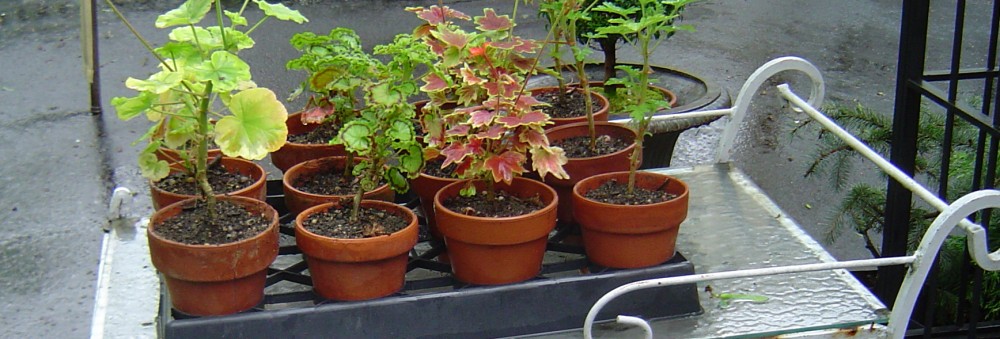A significant upside to the lock-down is that more people are gardening. This makes me so happy. Of all the things one could resort to during this uncertain, scary time, gardening is perhaps one of the best activities to do. You and I both know all the benefits so I shall not reiterate them but for myself, working in my garden has been my salvation.
Vegetable gardening is what most have taken up. There is something fundamental and inherent about that. Historically, how and what we eat dictates how well we survive. In good times and bad. An unprecedented crisis such as this pandemic had us naturally look to our basic need. Subconsciously, food is always ( okay, maybe mostly) on our minds. This threat, being a challenge to our health got us to think about keeping us in good, robust condition. Growing and preparing owns own food is the obvious solution. It gives one a sense of taking charge and doing something positive. All good I say. It reminds me of the Victory gardens that proliferated during WW II.
While seed companies were suddenly faced with a run on their stock, people were (re-)discovering the joys of gardening. Friends living in tiny city apartments were growing herbs, radish and tomatoes on their window-sills and balconies. Some have been training peas and beans around their windows. A quick search on the Internet reveals a plethora of innovations for apartment gardening. I’m quite blown away by what cool stuff is available.
Others who already had a yard, have gotten busy making all manner of vegetable gardens. Raised beds, French potagers, English kitchen gardens, vegetables ‘plots’ solely comprised of pots – it’s been exciting to learn of all the activity. Even better, swathes of lawn have been turned over to rows of vegetable plants, pollinators have been encouraged with the addition of native flowering plants, organic practices have been adopted, composting has become routine – my goodness! We are already doing better.
I myself upped my veggie game this year. For the first time, I started growing peas and micro-greens, increased the number of tomato and zucchini plants and added more herbs. In the fruit department, a long desired persimmon tree joined the apple, pear and fig trees already in residence. FYI – While we get a nice amount of produce, the garden in no way covers all our vegetable needs as we follow a mostly plant based diet.
More significantly for me, I widened the usage of the plants and have been trying new recipes. The repertoire of family meals has grown substantially and we’re thoroughly enjoying the experience. I suspect that we have each become even more particular about where and what we select when we eventually dine out. The bar has been raised.
The CSA ( Community Supported Agriculture) Co-Op I belong to started up their 2020 weekly deliveries a couple of weeks ago. It’s a joy to get the produce from a local farm instead of the supermarket. And we’re continuing to try new recipes.
I’ve received several recipe requests so I thought I’d share a couple of old, tried and true family recipes as well as a couple of new ones that I’ve tried recently..
Cilantro Chutney – Most people think of chutneys as a sweet-salty-spicy mix but in Indian cooking, chutneys are not always sweet. This one is not sweet but is great on sandwiches, brushed on roasted vegetables, meats, fish and anything needing a little oomph.
This recipe is from my mother-in-law who was a highly gifted cook.
Jaya Mani’s Cilantro Chutney –
1.
2 T oil
2 T urad dal (white lentil)
1 T fenugreek seeds — optional
1 pinch hing (asofoetida powder) — optional
1 large dry red chilli
(2)
1 t black mustard
(3)
1 medium bunch cilantro washed and drained (including stems)
Salt to taste
Fry (1) together until lentils are toasted – light brown. Strain but save the oil. Add strained mixture (1) to blender. Add (3), some water and grind to a paste. Remove chutney paste from blender. Add (2) to drained oil and fry until mustard starts to pop. Add (2) to chutney and mix well. Use within 2-3 days or freeze.
Suggested servings:
-
Sandwiches with thinly sliced white bread, butter, chutney, thinly sliced coriander
-
Chutney with cooked rice
-
Chapati/paratha roll with scrambled egg and chutney
-
Crackers, chutney and cheese
Rose geranium syrup over roasted figs – This combines two things from my garden. It’s a very simple but elegant dish. Add a few rose-geranium leaves when making a sugar syrup. Once the syrup has cooked down to desired thickness, remove the leaves. Let cool.
Roast figs – Cut fresh figs in half and arrange cut side up on a baking sheet. Drizzle some extra-virgin oil over them. Roast in oven at 425 degrees for 10 minutes or until they bubble.
Serve figs with syrup dribbled over them. Add a dollop of plain Greek yogurt on the side. You feel healthy that way. To up the ante, decorate the plate with a few rose-geranium flowers.
Strawberry-Basil Ice Cream – When I came across this recipe, I was intrigued. Basil in a dessert! It is delicious and so refreshing.
Ribs with rhubarb glaze and radish-rhubarb salad – I wanted to use rhubarb in more than the usual crisp or compote. This recipe from Bon Appetit turned out well.
(c) 2020 Shobha Vanchiswar
[do_widget “Blog Subscriptions (Jetpack)”]
















